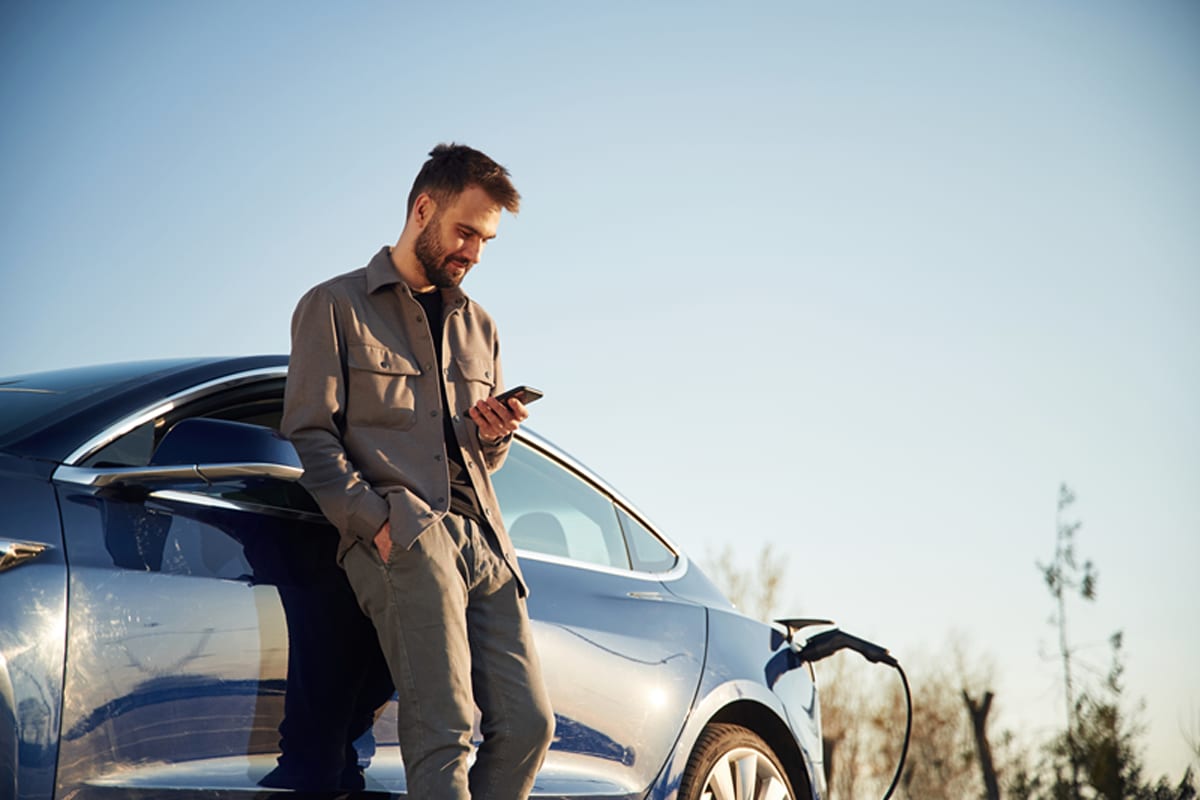What to do if the electric vehicle's battery runs out?
When discussing electric vehicles and charging, one of the most common questions is what to do if the electric vehicle's battery runs out during a journey. For someone new to the world of electric vehicles, "range anxiety" can be a genuine concern. We aim to clarify how to handle such a situation.
In reality, there is little need to worry, as very few people end up stranded with a depleted battery. The electric vehicle industry is advancing rapidly, and the number of electric vehicles worldwide has been consistently increasing over the years. Alongside the adoption of electric vehicles, car models are continuously improving, and battery capacities are expanding, leading to longer driving ranges.
Moreover, the likelihood of being stranded is further reduced by the swiftly developing public charging infrastructure and the various precautions built into electric vehicles.
What happens when the battery is nearly depleted?
You will be alerted well before your electric vehicle is at risk of stopping. As the battery charge approaches zero, the vehicle will notify you with warning messages, guiding you to the nearest charging station. To find the closest public charger, you can use the Enefit Volt app, for example.
Modern electric vehicles provide a fairly accurate estimate of how far you can travel with the remaining energy. In some vehicles, certain comfort features may automatically switch off, but you can extend your driving range by turning off the air conditioning and radio.
If you do find yourself in a situation where there are no chargers nearby, your vehicle will conserve enough energy to allow you to drive to a safe location before it completely stops. However, the notifications should give you ample time to plan your route to the nearest charger.
What happens if the battery is already empty?
Naturally, the idea of being stranded on the roadside is daunting. It is important to remain calm, as there are several solutions and measures in place to help you avoid and resolve such a situation.
- Planning is key:
As mentioned earlier, the likelihood of accidentally or carelessly running out of battery with a modern electric vehicle is minimal. Public charging points are becoming increasingly abundant, and Enefit Volt’s public network alone offers more than 450 fast and ultra-fast chargers that comply with various charging standards.
The best way to avoid being stranded is to plan ahead and identify where and what types of chargers are available along your route before you set off. Enefit Volt’s charger map can assist you in this regard.
- In case of an emergency, insurance can assist you:
Always ensure that roadside assistance coverage is included when purchasing comprehensive car insurance. Various insurance companies offer 24/7 roadside assistance as part of their comprehensive insurance packages, which can also be utilised in the event of an electric vehicle battery depletion.
However, it is advisable to check in advance whether there are any restrictions associated with this coverage. For instance, you may find that you can only use this service a limited number of times during the insurance period.
- Bring along a 220V charger (and Type 2 cable):
When planning a longer journey, it is advisable to ensure that, in addition to a Type 2 cable, you have a 220V charger with you, which can be used to charge from a standard electrical outlet. It might happen that, with the vehicle's remaining power, you cannot reach a charging station, but you might make it to a restaurant, hotel, or another establishment willing to "lend" their outlet.
If you would like more information about electric vehicle charging solutions or have any other questions, we are happy to assist you. Please contact us at [email protected], call 777 3030, or leave a consultation request on our website.

